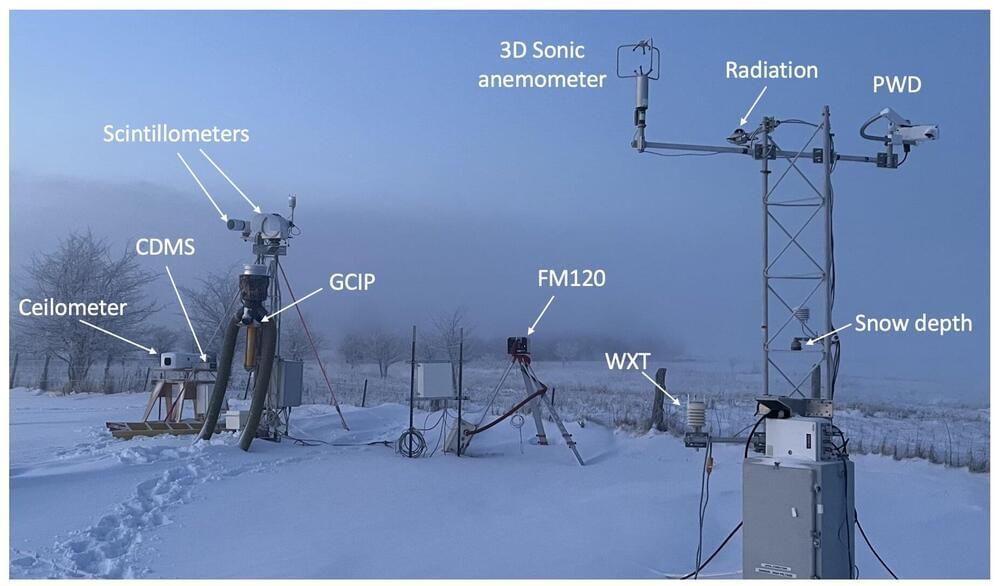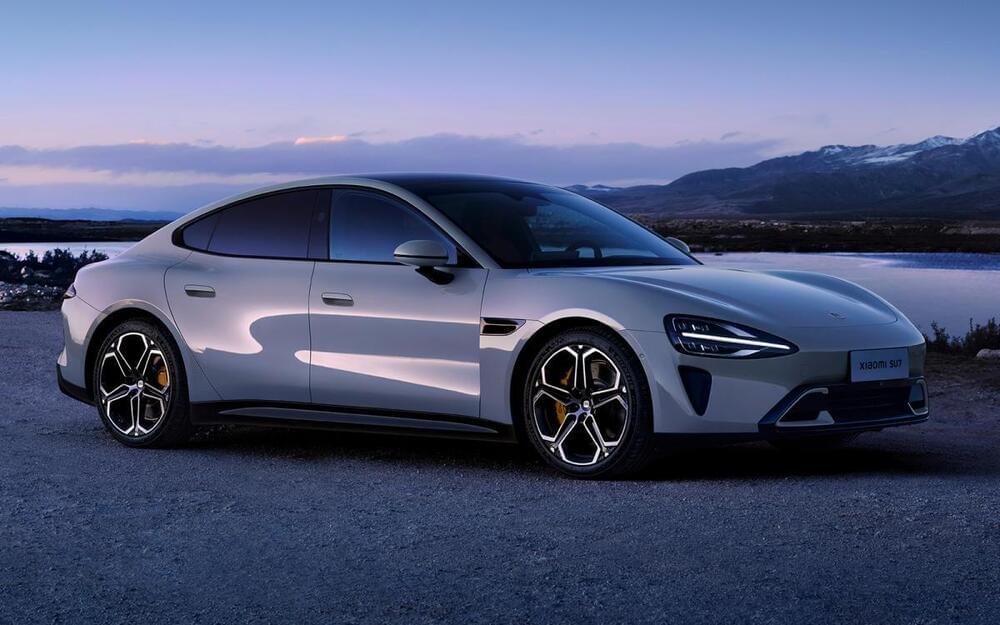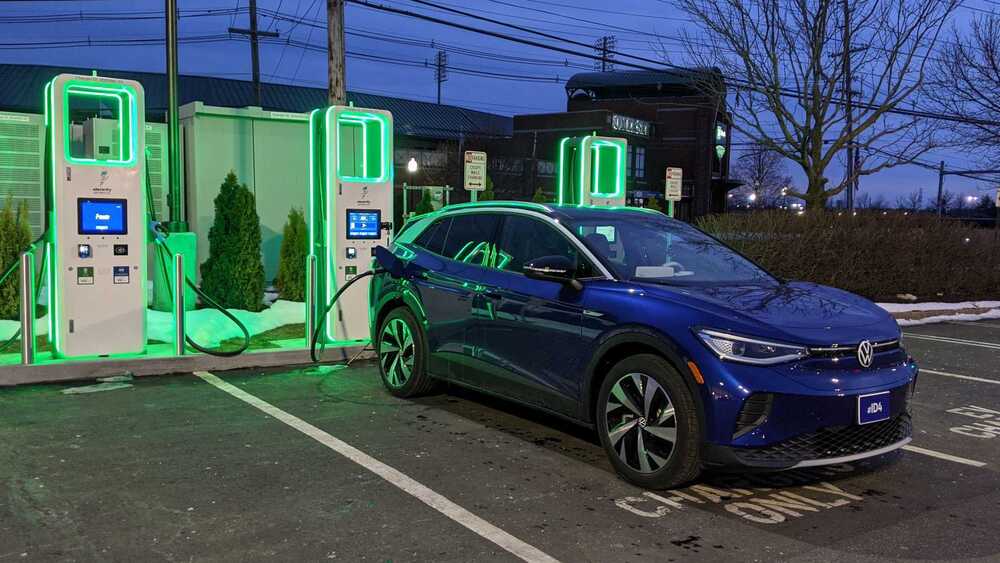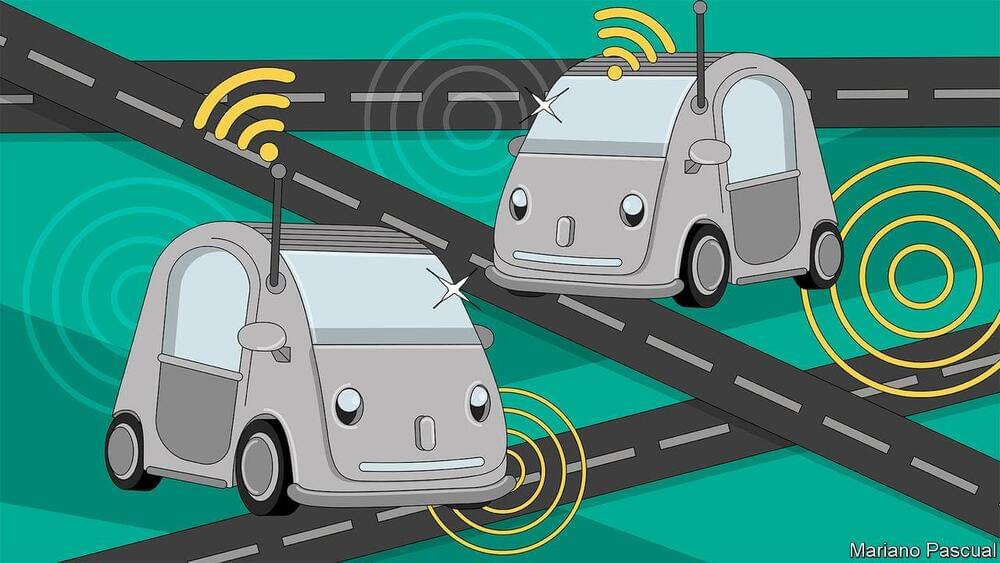Samsung is planning to release what might be the most advanced cleaning robot yet: a robot vacuum and mopper that will steam clean floors and use AI to detect stains.
The upcoming “Bespoke Jet Bot Combo” cleaner will have a charging base that will auto wash, clean, and dry the robot’s mop pads.
The device will also use AI to detect floor types, objects, and spot stains. When the robot detects a stain, “it goes back to the clean station to heat the mop pads with high-temperature steam and water and then returns to the area,” says a press release on Samsung’s website.








